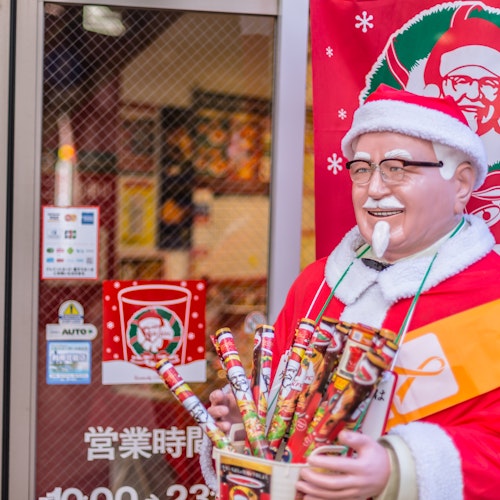
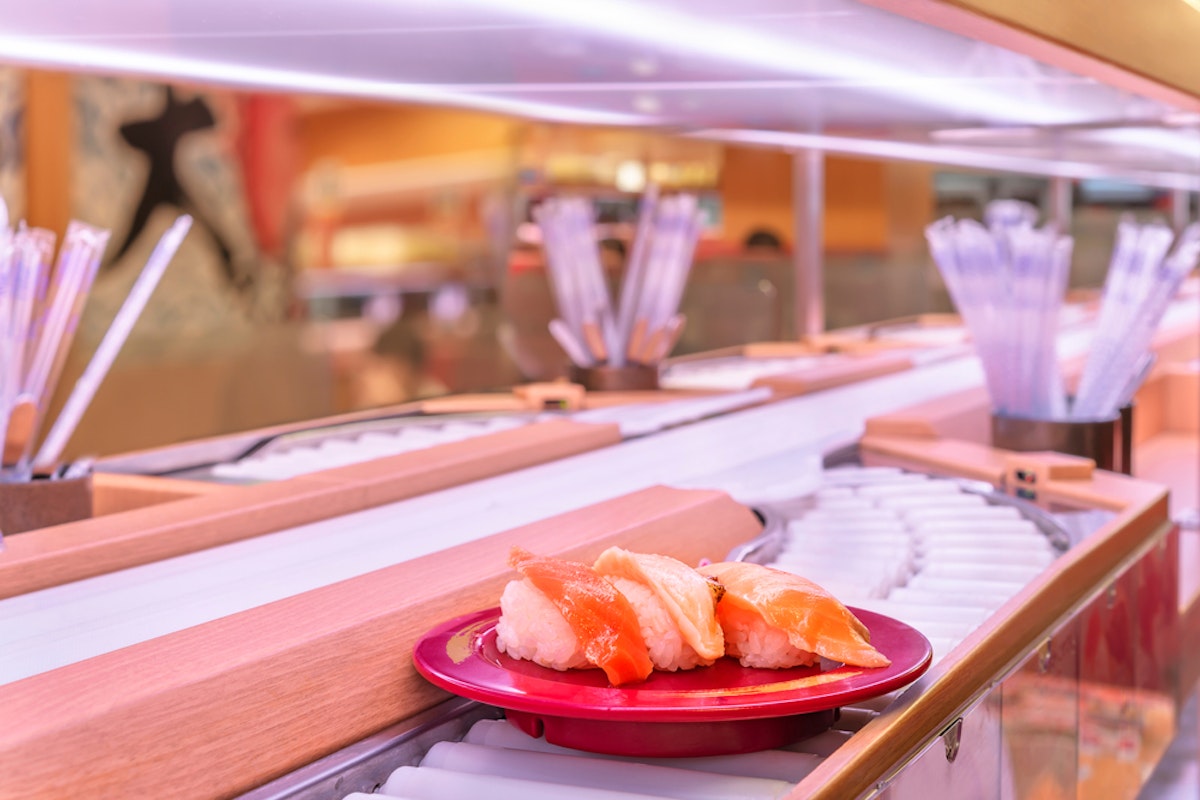
Ever sat at a conveyor belt sushi restaurant and wondered if you're doing it right?
I'll never forget the first time I walked into a sushi conveyor belt spot in Tokyo. I was excited but instantly realized I had no clue what I was doing. After years of visiting Japan and talking with travelers who’ve felt exactly the same, I’ve learned a thing or two about the do’s and don’ts of enjoying conveyor belt sushi—or kaitenzushi as the locals call it.
Whether it’s your first visit or you’re looking to brush up on your sushi belt etiquette, this guide covers everything you need to know to fit in (and not embarrass yourself). Trust me, I've heard some pretty funny—and awkward—stories from travelers who overlooked these rules.
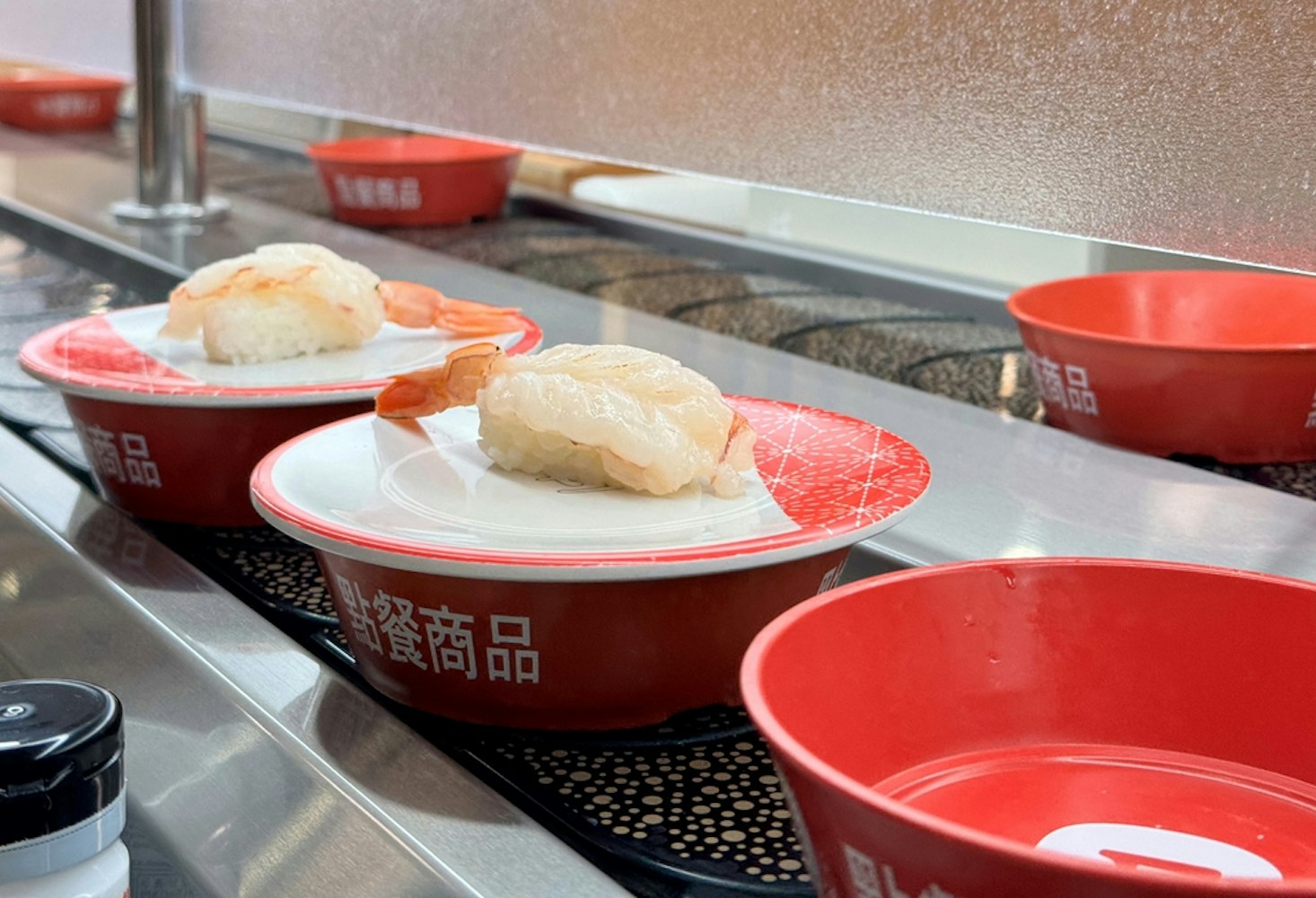
One of the biggest mistakes you can make at a sushi belt place is touching a plate and not taking it. I remember hearing from a customer who nervously picked up and put back several plates before deciding, completely unaware that locals around him were quietly judging his every move.
Here’s a simple rule: if you touch it, you take it. Kaitenzushi restaurants expect customers to be decisive, so it helps to glance ahead down the belt to see what's coming before grabbing something impulsively. The folks at Japan-Guide have great insights on kaitenzushi etiquette and dining expectations in Japan if you're curious about more details.
One of my regular customers shared how mortified they were after trying to put back a plate they accidentally grabbed. Returning plates to the conveyor belt isn’t just a social faux pas; it’s a hygiene issue. If you accidentally take a plate, just leave it at your table. The staff understands—it happens to everyone.
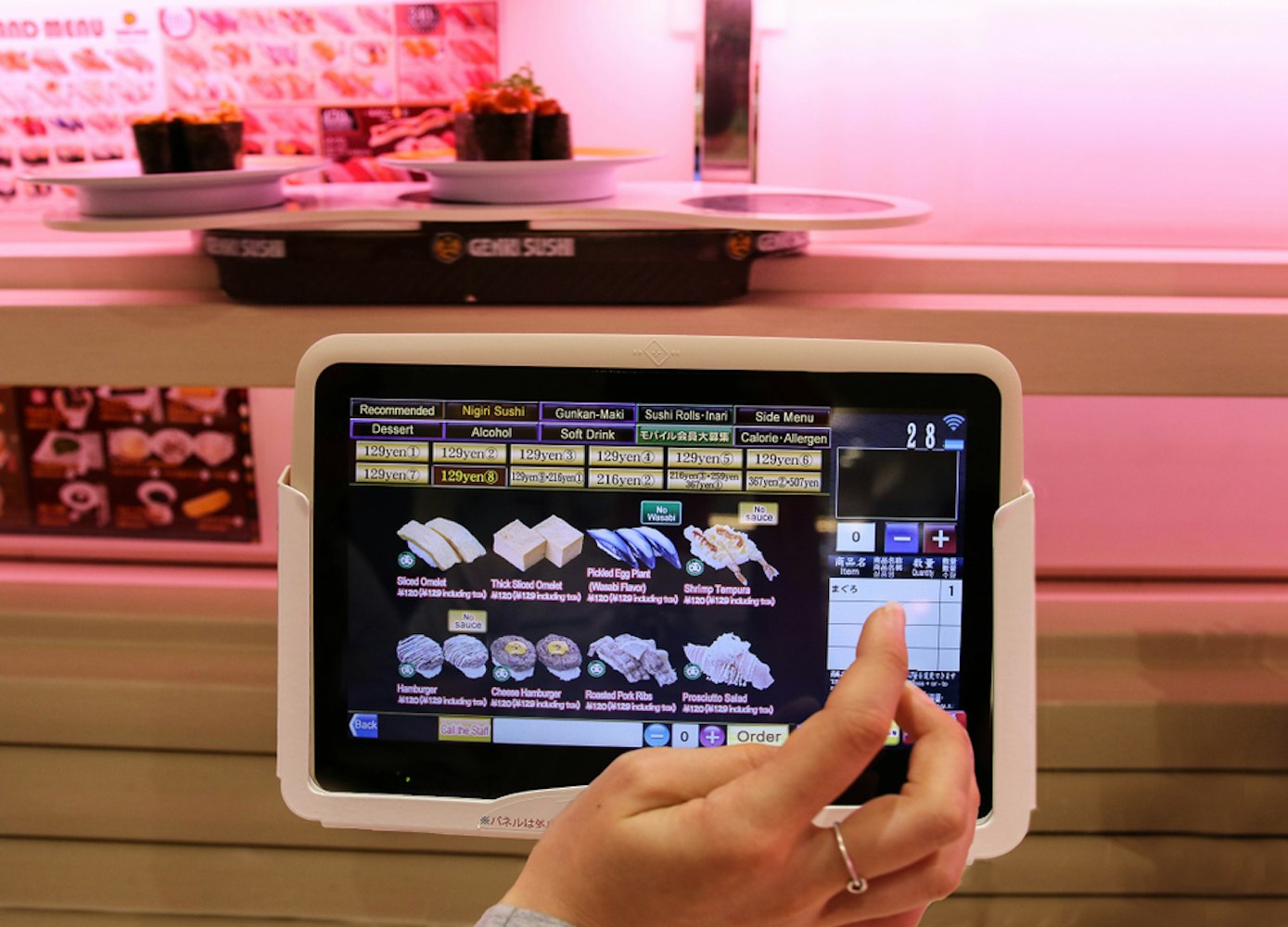
Many sushi belt restaurants, especially modern ones in Tokyo and Osaka, feature touchscreens at every seat. At first, I hesitated—doesn't using the screen defeat the whole point of conveyor belt sushi? But after trying it out, I found it's one of the easiest ways to get exactly what you want.
You simply choose your sushi items, and they'll arrive directly in front of you via a dedicated lane. This also ensures your sushi is fresh, especially if you’re picky like me and prefer specific types of fish or vegetarian options.
I’ve heard numerous stories about confusion when special-order sushi comes down the conveyor. Often, these special orders sit on distinctively marked plates or trays, making them easily identifiable. Resist temptation, even if that tuna belly sushi looks irresistible—it probably belongs to someone who's been eagerly waiting for it.
If you do accidentally grab someone else’s special order, apologize politely and notify staff. Mistakes happen, and being honest goes a long way in Japan.

At kaitenzushi places, your bill is typically calculated by counting the number and type of plates stacked on your table. A tidy stack signals you're ready for the check, and it makes life easier for staff. One traveler mentioned to me how the sushi chef actually nodded in appreciation after noticing his perfectly organized stack of plates.
I’ve noticed Americans often pour soy sauce generously, dunking their sushi until it’s soaked. But in Japan, moderation is key. Sushi chefs season each piece to perfection, so only a small dab of soy sauce is necessary—just enough to enhance, not overpower.
Wasabi is another sensitive area. Many kaitenzushi places already put a small amount between the fish and rice. Ask politely if you prefer more (or less), but avoid piling it on excessively. I've personally found that asking directly in simple English or Japanese is welcomed and often appreciated.
This one surprised me at first, but fragrance is a big deal in sushi dining. Strong perfumes or colognes can overpower the subtle flavors of sushi. I've had customers tell me they were gently reminded by restaurant staff or fellow diners that their scent was noticeable. It’s not rude—it’s just practical. The goal is to enjoy the delicate flavors without interference.
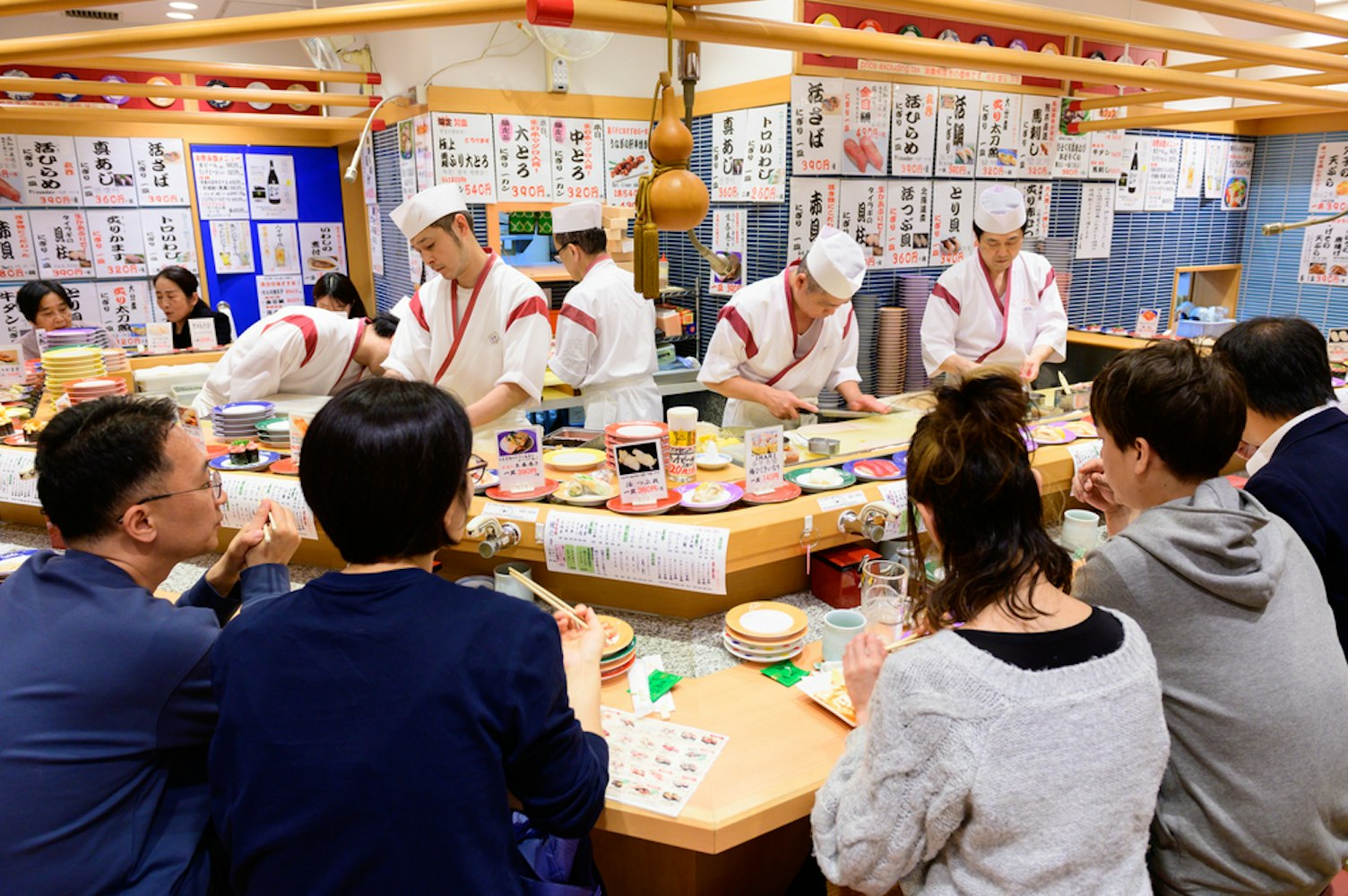
Sushi conveyor belt spots thrive on efficiency. During peak hours, especially lunch or dinner rushes, try not to linger too long after finishing your meal. Once you’ve stacked your plates, asked for your bill, and paid, it’s best to make space for the next hungry guest. I've found that being mindful of this little courtesy earns appreciative smiles from staff and diners alike.
Exploring sushi belt restaurants across Japan offers fascinating insights into local culture and cuisine. While Tokyo boasts countless options—especially near hotspots like Shinjuku—other cities like Osaka and Kyoto offer their own vibrant dining scenes. If Tokyo’s lively atmosphere intrigues you, check out my recent article about Shinjuku's vibrant nightlife and entertainment district to discover more hidden gems.
For Osaka-bound travelers, I recommend browsing my guide on the best markets to visit in Osaka. You'll discover markets with amazing sushi spots tucked between stalls.
If Kyoto is on your itinerary, you’ll find fantastic dining recommendations in my guide on experiencing Kyoto’s nightlife. Trust me, combining historical charm with sushi belt adventures makes for unforgettable nights.
Ready for more? I’ll continue sharing even more do’s, don’ts, and personal anecdotes in the next section of this guide. Stay tuned!
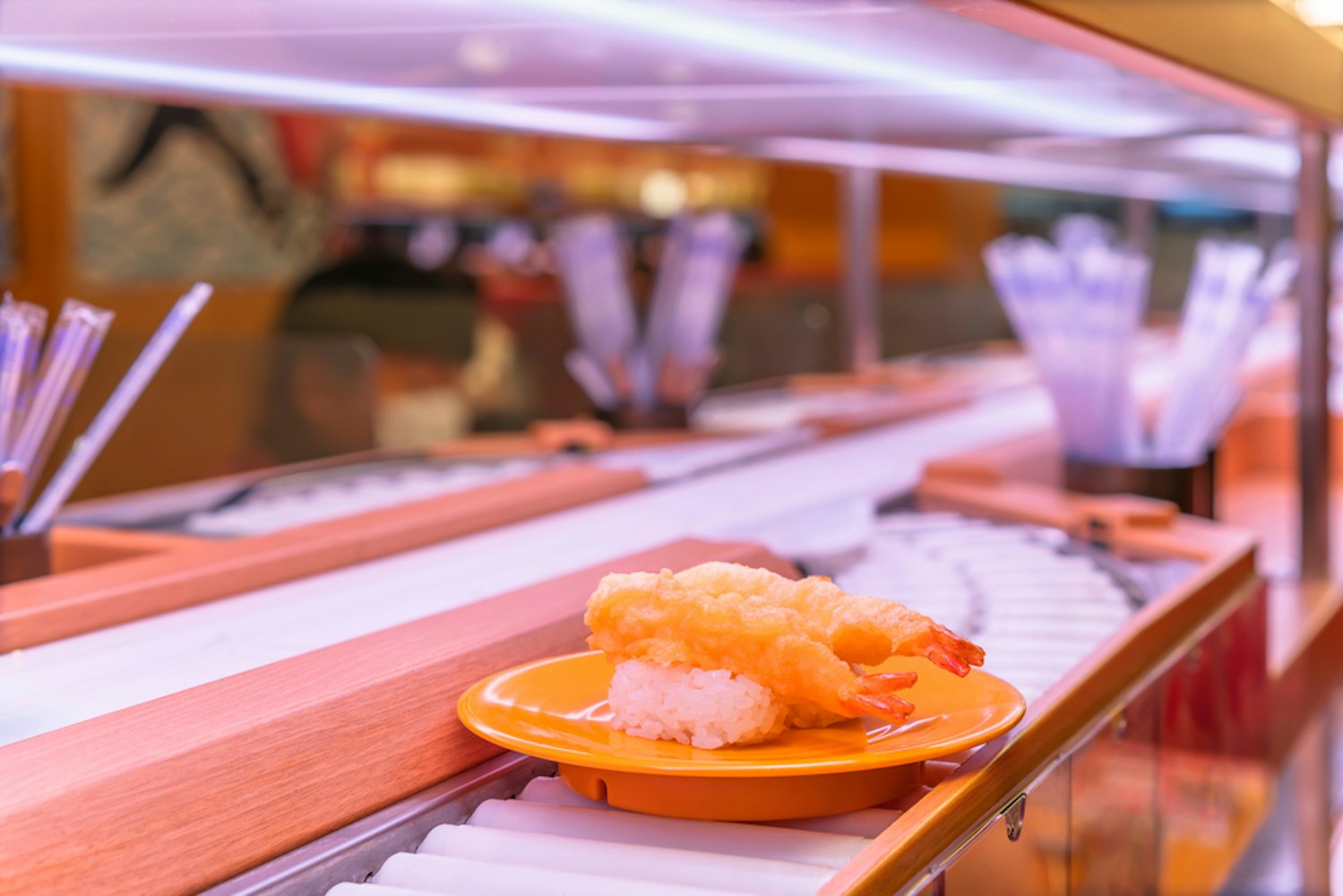
One thing first-timers often overlook is the importance of plate colors. Each color usually corresponds to a different price tier. On my first visit, I got so excited by all the sushi going past that I totally ignored the pricing. By the end, I was left staring nervously at a towering stack of colorful plates. Luckily, conveyor belt sushi is generally affordable—but it's always wise to be aware of what you're grabbing.
If you're on a tighter budget or just curious, the menu or signage at your table clearly shows what each color means. Restaurants often make this super easy by displaying prices prominently. Keep an eye out to avoid any surprise charges when it's time to pay.
Japanese hospitality is amazing—seriously. If you're ever unsure about what a certain sushi is, or if you need help with ordering, don't hesitate to ask the staff. I’ve found that even with limited English, they're incredibly helpful and patient.
A traveler I spoke with recently mentioned feeling shy at first, but after politely asking a question, the sushi chef personally recommended some of his favorites. Those personal touches can completely change your dining experience, making you feel warmly welcomed into Japanese culture.
This sounds obvious, but you wouldn’t believe the stories I’ve heard about distracted diners accidentally leaving phones, wallets, or even keys on the belt. A customer once laughingly admitted to me how her phone briefly became a centerpiece traveling around the entire restaurant.
Keep all your belongings safely off the conveyor belt. It prevents embarrassing mishaps and also ensures hygiene standards are maintained. The conveyor belt is strictly for sushi and dishes.
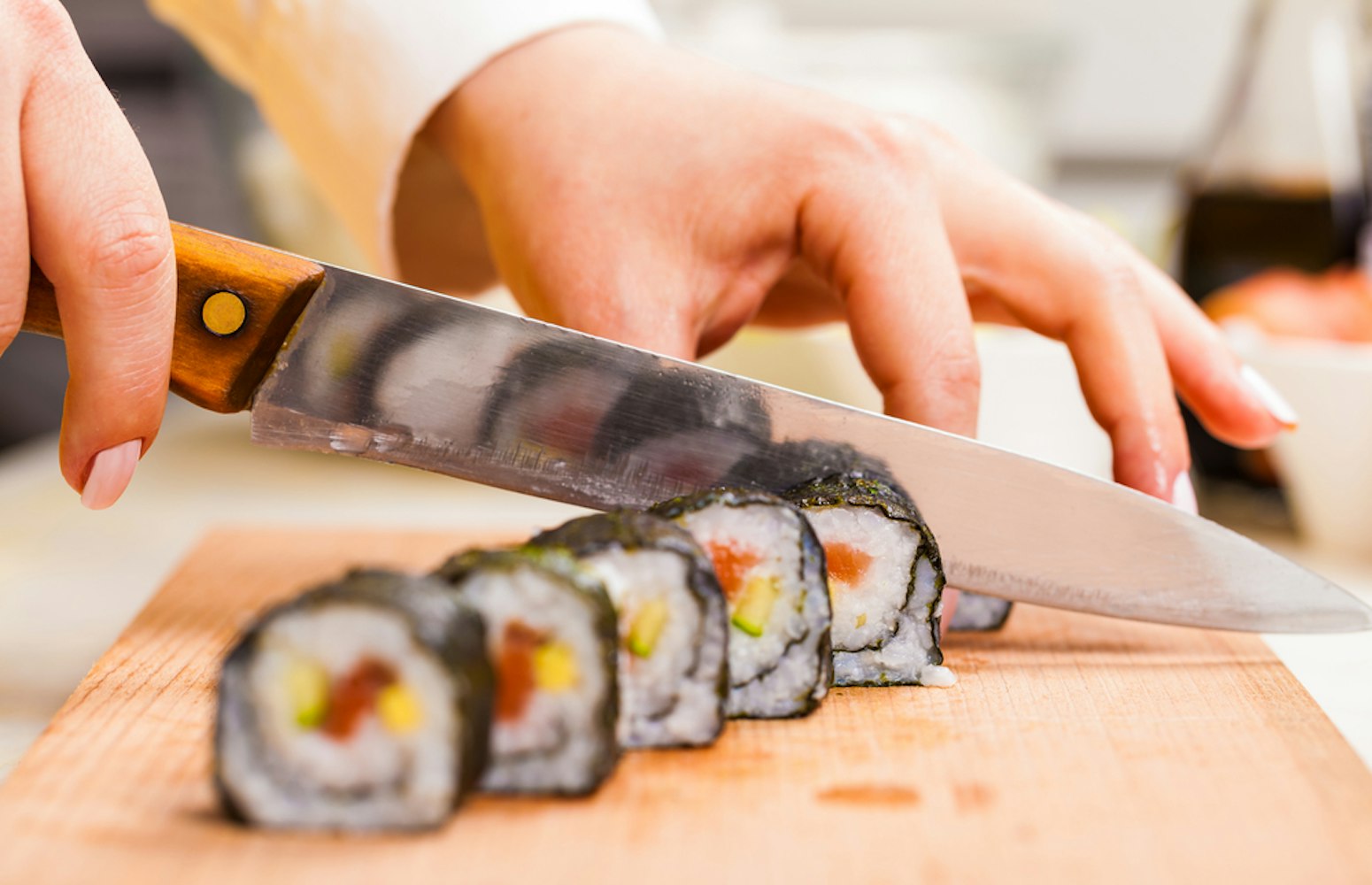
If your sushi experiences are limited to California rolls and spicy tuna back home, you might be surprised when visiting a conveyor belt sushi spot in Japan. American-style rolls are pretty rare here, especially in casual kaitenzushi restaurants.
Instead, expect more traditional offerings like nigiri (fish on rice), gunkan-maki (seaweed-wrapped rice topped with fish roe), and sashimi plates. Embrace the opportunity to explore authentic flavors that are harder to find stateside. I promise, it's part of what makes eating sushi in Japan so special.
Freshness matters a lot with sushi. Once you pick a plate from the belt, it's best enjoyed immediately. I learned this quickly after a piece of sushi rice turned cold and tough when I got distracted talking to friends. Quality drops rapidly if left unattended—so enjoy each bite promptly.
To keep sushi tasting its best, pace yourself. Take one or two plates at a time rather than stacking several at once, ensuring every piece is deliciously fresh.
While traditional sushi bars often encourage eating nigiri by hand, conveyor belt sushi restaurants usually provide chopsticks. Using them is considered the norm in these casual settings. I learned this after a slightly awkward moment where I confidently reached for my first piece by hand—and quickly noticed everyone else using chopsticks.
Of course, nobody will scold you for using your fingers, but fitting in comfortably means following the local practice. Plus, it’s cleaner and more convenient, especially when dipping sushi lightly in soy sauce.
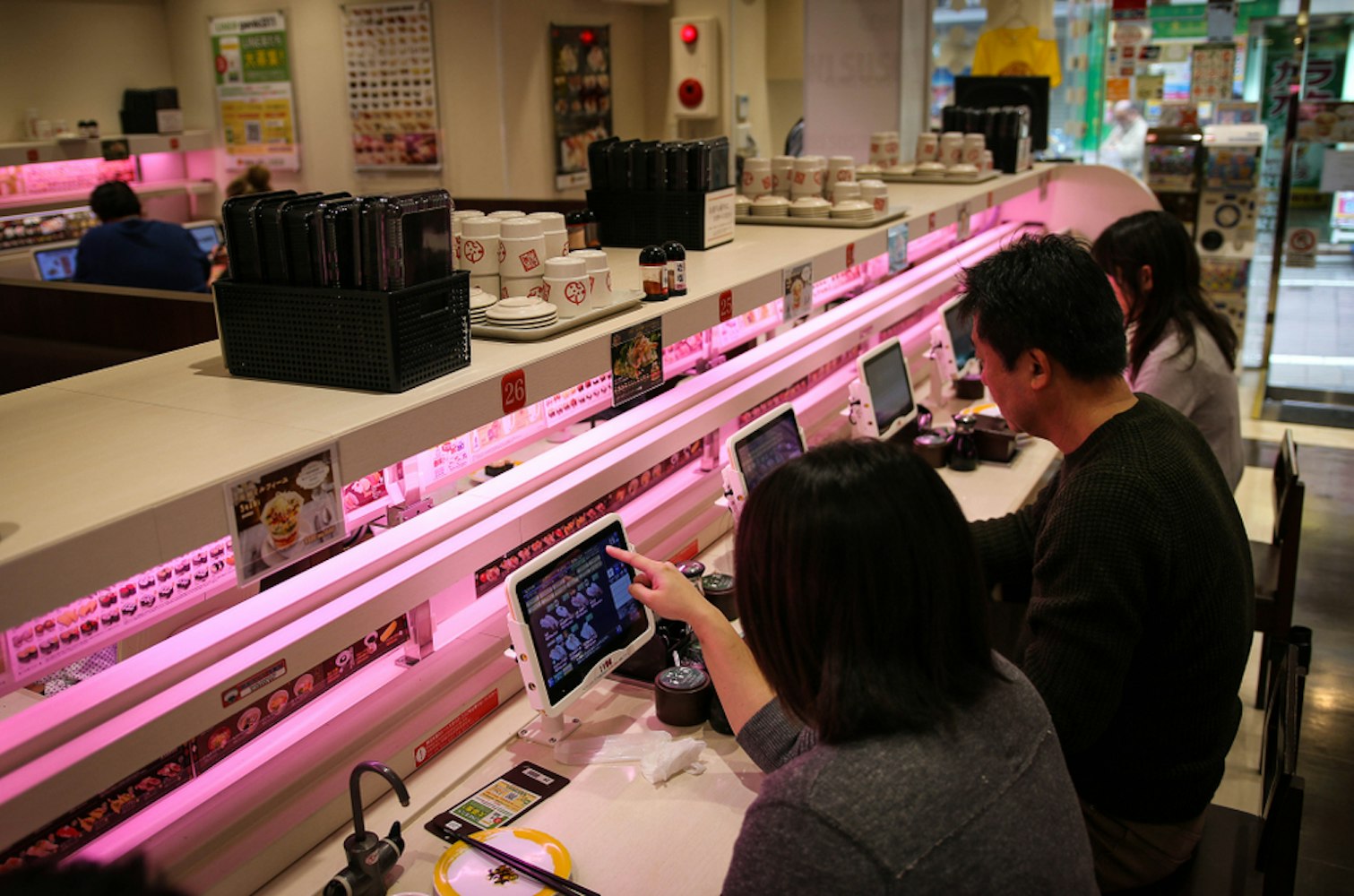
Japan loves seasonal dining, and sushi belt restaurants often showcase specialties depending on the time of year. Visiting in spring? Look out for sakura-themed sushi. In winter, certain fish are at their peak. Don't shy away from trying something new—I’ve found some of my favorite sushi items this way, simply by being adventurous.
Similarly, regional differences can be fascinating. Sushi in Hokkaido highlights fresh seafood like crab and sea urchin, while Tokyo spots often showcase premium tuna. If you're curious about exploring local flavors, you might also enjoy my guide on unique Japanese souvenirs to complement your foodie adventures.
Basic Japanese dining etiquette still applies, even in casual sushi spots. That means saying "Itadakimasu" (a respectful "let's eat") before starting your meal, and "Gochisousama deshita" ("thank you for the meal") after finishing. It’s a small gesture that locals genuinely appreciate.
I always advise travelers that these little expressions of gratitude make your dining experience richer. Plus, they're easy to remember and pronounce. You’ll quickly notice how warmly locals respond.
Experiencing conveyor belt sushi is more than just a meal—it’s a cultural experience. I’ve noticed countless travelers return with stories of delight and discovery, eager to share their newfound sushi insights. If your visit takes you to other amazing Japanese destinations, make sure to check out some of my other guides.
Heading to Kyoto? My article on the perfect packing list for spring will help ensure you're prepared. Planning more adventures in Tokyo? Consider one of our dedicated trips to Tokyo that beautifully pair sightseeing with delicious dining experiences.
No matter where your travels in Japan lead you, embracing local etiquette enhances every meal—especially sushi. Feel free to reach out anytime to plan your perfect trip. As always, I'm here to help you create unforgettable memories.

Unlock the world of sushi in Tokyo with expert English-speaking guides!



